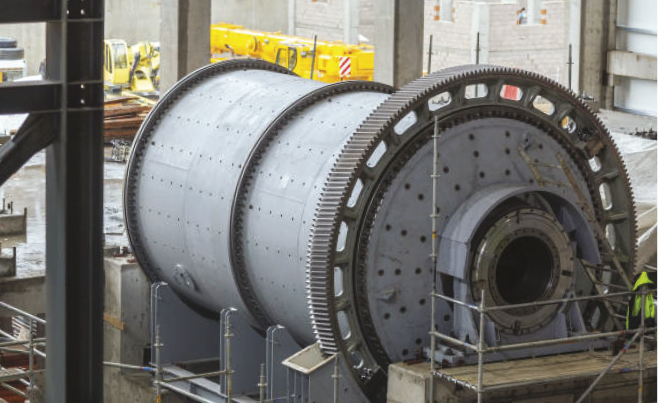Situation
As a result of a power outage, the Insured, a precious metals mine operator, could not meet the total power requirements of the mine and the mill. The insured obtained power temporarily so they could partially operate until the completion of final repairs. The outage led the insured to modify their mine plan to obtain higher-grade ore.


Key Questions
- Should the loss calculation include the Insured’s mitigating efforts?

Background
The site operated as an open pit and underground mine. Ore from the open pit went to the crusher and mill, while lower-grade ore went into a stockpile for future use. Ore from both the open pit and underground mine went to the mill for processing. At the mill, the ore went through several processes, including grinding through semi-autogenous (SAG) and ball mills, gravity recovery, flotation, oxidation (autoclaves), and carbon in pulp (CIP) circuits. The finished product is sent off-site to a refinery for final processing.
MDD's Involvement
The insurers retained MDD to assess and comment on the business interruption claim.
To mitigate the loss, the insured adjusted the mix of mill feed by utilizing high-grade ore. As a result, they stock-piled unused lower-grade ore for later use. The claim included an adjustment to exclude this higher-grade ore to normalize the ore feed based on historical results.
The insurance policy contained a clause that, in part, stated: “Should the Insured’s actual production following the loss during the interruption period involve the processing of higher-grade ore than would otherwise have been processed absent the loss, the business interruption loss calculation will take into account the actual ore processed using the average ore grade that would have been processed absent the loss.”
This clause removed any ambiguity about how to treat the processed higher-grade ore in the loss calculation during the loss period. As a result, MDD adjusted the actual results to assume the normal average ore grade processed during the loss period instead of the higher-grade ore processed.
To project the normal grade that would have been achieved had the incident not happened, MDD held on-site conversations with the insured’s personnel and performed a detailed analysis of mine plans, forecasts, and results, along with further analysis of milling operations records.
The policy language meant that mitigating efforts should not be considered as part of the loss calculation, which resulted in a multi-million dollar adjustment for the insured.

Other Considerations
MDD identified further issues that proved to be instrumental to our measurement. These included:
- Calculating and determining the waiting period
- Identifying other non-loss-related issues that were relevant to the calculation
- Valuing and considering an additional recovery of precious metals that occurred as a result of the high-grading
- Examining the Insured’s fixed costs and identifying a reduction
Result
Our work product, which contained detailed schedules and commentary, helped the adjuster in their discussions with the Insured’s representatives to obtain a mutually agreeable claim settlement.
The statements or comments contained within this article are based on the author’s own knowledge and experience and do not necessarily represent those of the firm, other partners, our clients, or other business partners.
CONTACT
CONTACT MDD
Our firm has over 80 years of experience working on assignments that span over 800 industries around the world.






 06 January, 2022
06 January, 2022

